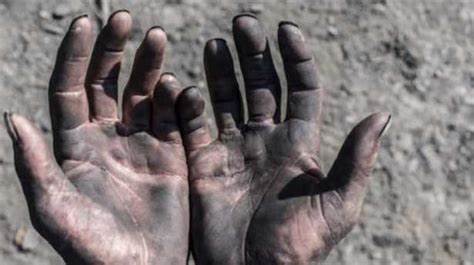Particulate: What is it? How is it formed? What problems does it create?Particulate formation mechanisms, effects and treatment processes of the sameThink first of the cheerful flame of a fireplace, then of a dish that cooks on a gas stove. What images are created in your mind? Probably, in the first case you remember a restless yellow and red flame, which constantly changes its shape. In the second case, however, the image of a calm blue flame probably emerges in your mind.Index Contents hide1 What is particulate matter?2 How are particles formed?3 What effects does particulate matter have on health and the environment?3.1 Health effects4 Effects on the environment5 BibliographyFlame – methane combustion – wood combustionIf it’s always flames, what’s the difference between the two? In the course of the article we will provide an answer to this question by analyzing one of the best-known forms of pollution: atmospheric particulate matter. In particular, we will analyze together three different aspects that characterize the particulate matter.What is that?How is it formed?What effect does it have on the environment and health?We begin by answering the first of these three questions. The information in this article is mainly taken from an interesting analysis in the journal Chimica & Ambiente [1].What is particulate matter?The set of particles present in the atmosphere, whether of natural or anthropic derivation, is called atmospheric particulate matter. In fact, the earth’s atmosphere, whether analyzing urban areas or remote areas, has a high concentration of particles (of the order of 108 per cm3). It is not so much the number of particles that matters as their characteristic size.Airborne particles, size classes and coagulation processesIn this interesting image, taken from the aforementioned article [1], we can see how the particle size varies in a very wide range, ranging from nanometric dimensions to hundreds of microns. To carry out a treatment as exhaustive as possible of atmospheric particulate matter, it is useful to consider different ranges of characteristic dimensions:2-100 μm: This range corresponds to coarse particulate matter, and typically comes from mechanical and erosion processes or from marine and desert aerosols. These particles are predominantly inorganic in nature, strongly dependent on the geographical area in which they are collected, and also include biogenic compounds (pollen, spores,…). It is important to highlight that for particles of this size the contribution of gravitational attraction is much more significant than the motion of thermal agitation, and therefore their tendency to spontaneous sedimentation is marked. The characteristic residence time in the atmosphere is small.0.08-2 μm: This range is called «accumulation», and is characterized by fine particles. The particles characterized by these dimensions are typically formed by coagulation of particles of smaller dimensions or by condensation phenomena of chemical species on pre-existing particles. Given the small size, the energies associated with the gravitational action and the Brownian motion are of similar orders of magnitude, with a consequent low tendency to sedimentation. Fine particulate matter tends to remain in the atmosphere and, until it is removed by rain, profoundly affects the chemical balance of the atmosphere itself.10-80 nm: Particles belonging to this size range are also referred to as Aitken nuclei and form ultrafine particles. They can be formed by low-temperature nucleation mechanisms of supersaturated vapors, or in the context of combustion processes. It is precisely these particles which, through condensation phenomena, increase their dimensions and contribute to the creation of the accumulation interval. They are made up almost entirely of elemental or organic carbon.< 10 nm: A series of new experimental techniques allows to analyze ever smaller orders of magnitude, and to go below 10 nm. Particles smaller than this numerical value, mainly made up of organic carbon, form hyperfine particles and belong to the defined nucleation range.The atmospheric particulate, creation processes and dimensional characteristicsNow that we have examined what particulate matter is and the various geometric dimensions that characterize it, it is appropriate to investigate its origin. In particular, we will examine how particulate matter is produced in fuel processes.To eliminate the soot on the flues, recirculating water soot purifiers must be installed.Produced by VTKFUL Naples.
THE DAMAGE OF SOOT.
405
0








Nessun commento